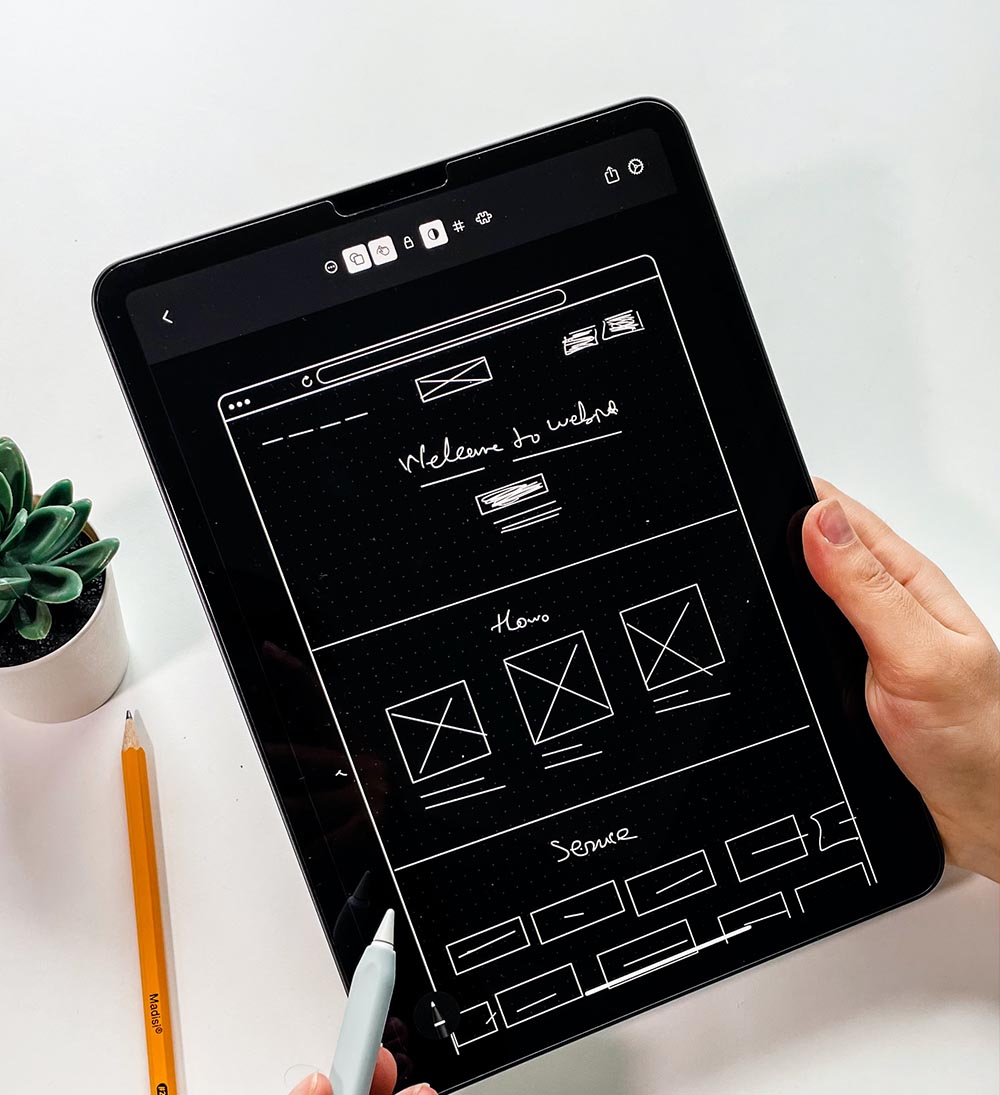Patient-Centric Approach
Design Thinking: The Patient-Centric Approach to Transforming Healthcare Consumer Experiences

Blog
Design Thinking: The Patient-Centric Approach to Transforming Healthcare Consumer Experiences

Telemedicine solutions, Remote Patient Monitoring (RPM) and other virtual care coordination platforms are gaining popularity.
Digital healthcare technology adoption has reached new realms in the face of the global pandemic. There has been a paradigm shift in terms of care delivery models and patient engagement strategies in the past couple of years. Telemedicine solutions, Remote Patient Monitoring (RPM) and other virtual care coordination platforms are gaining popularity. In such volatile times, it is essential that healthcare organizations are well-equipped with the current market trends and change management strategies in order to design holistic care coordination solutions that meet the next-gen healthcare consumer needs.
The U.S healthcare system, unlike the other nations involves a complex framework and structure. To deliver superior patient experiences and frictionless care coordination journeys, healthcare organizations need to understand the intricacies and the nuances of the system. The U.S health industry comprises of:
To get you personalized and free consultation on building a comprehensive patient outreach platform for your healthcare organization, give us a shout!
From our humble beginnings as a healthcare start-up—to becoming a full-blown healthcare-exclusive digital transformation provider, our journey has been quite a remarkable one. Today, SolvEdge is a leading-edge Healthcare services and solutions provider—trusted by 450+ Hospitals, 3500+ Physicians and millions of patients across the globe.